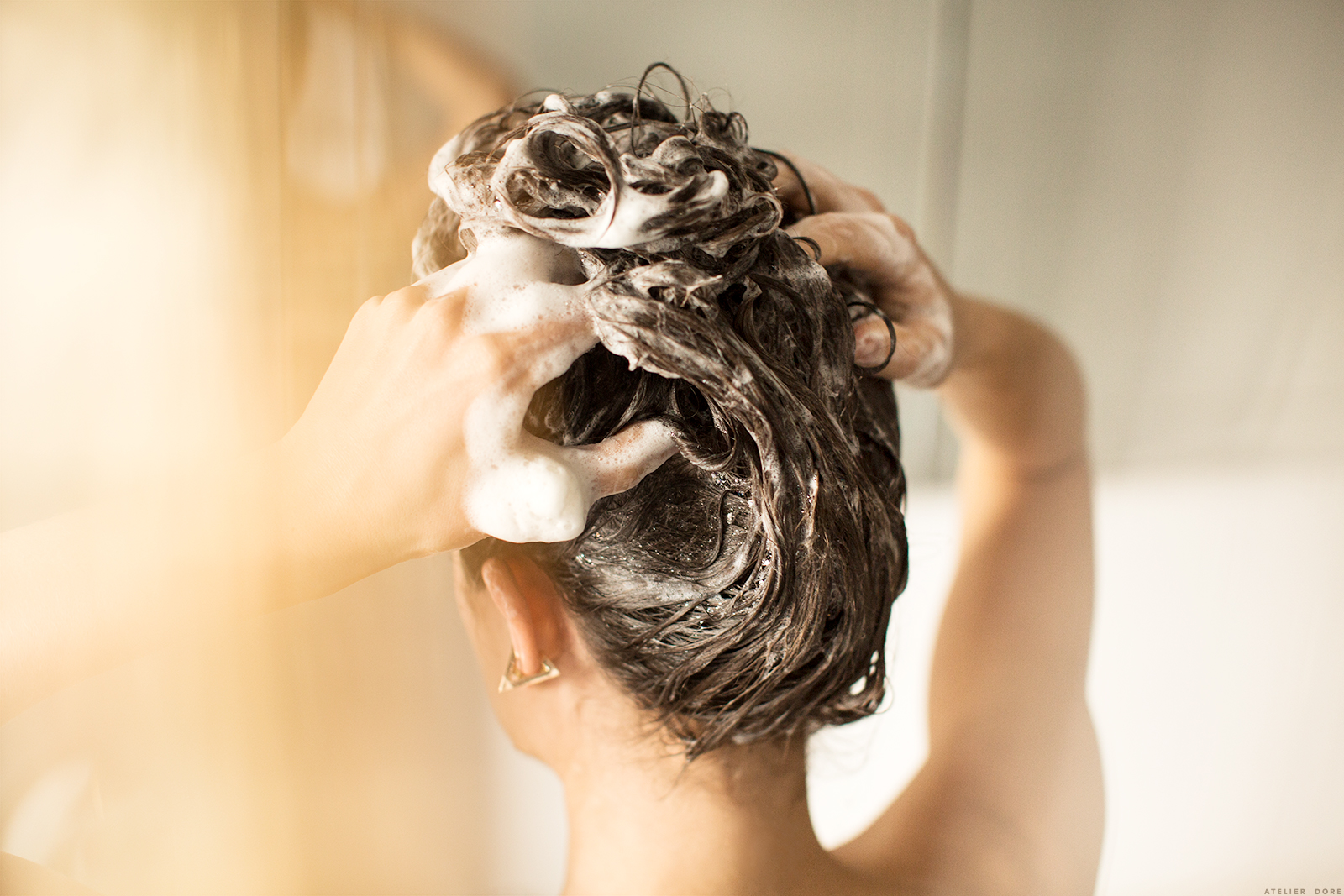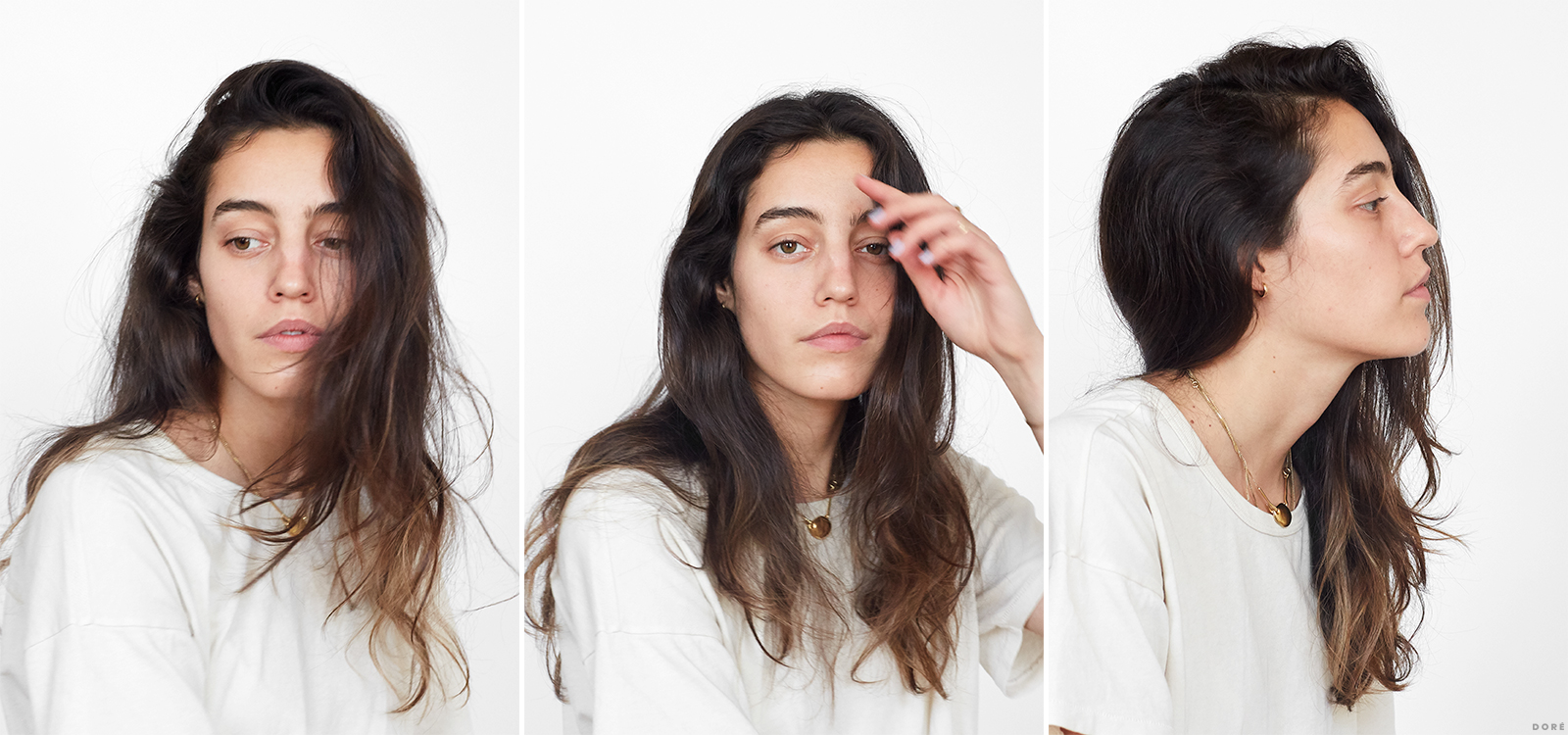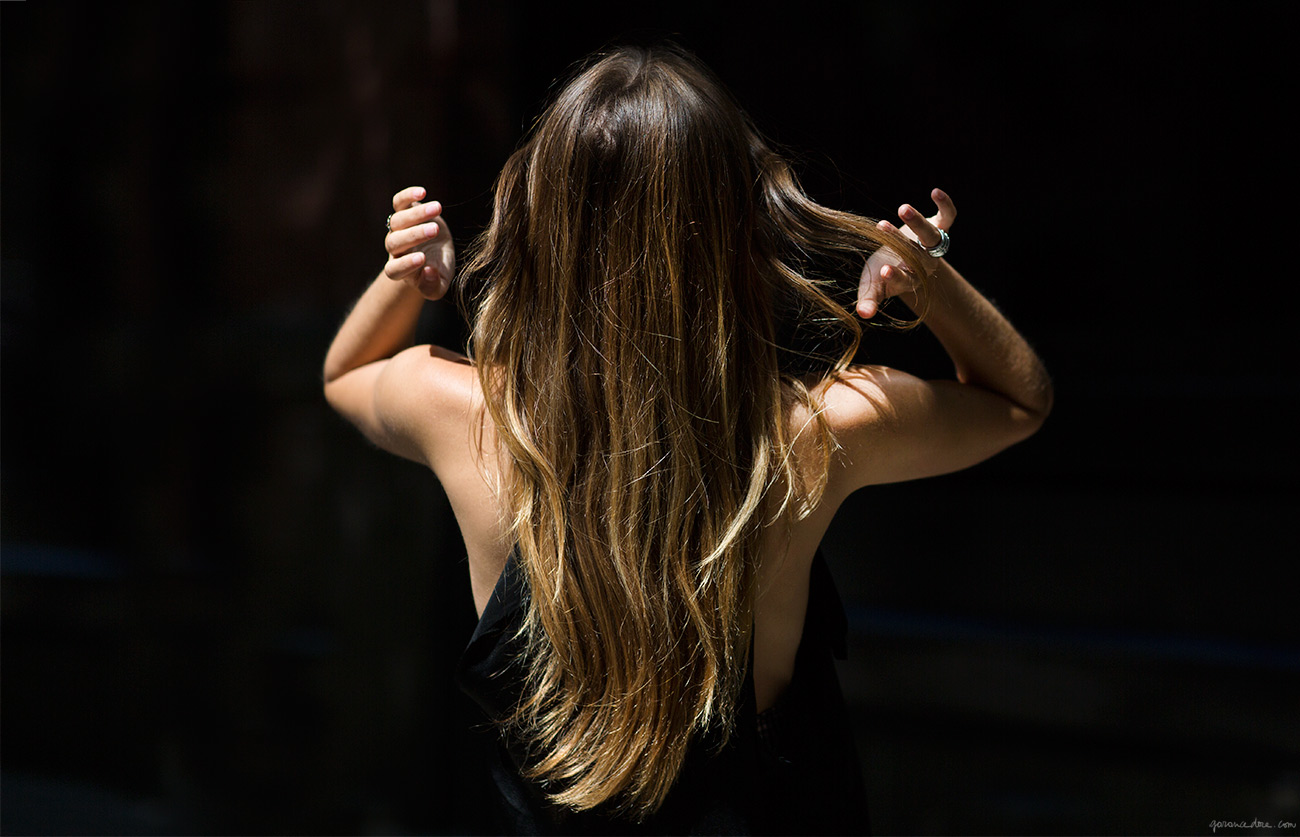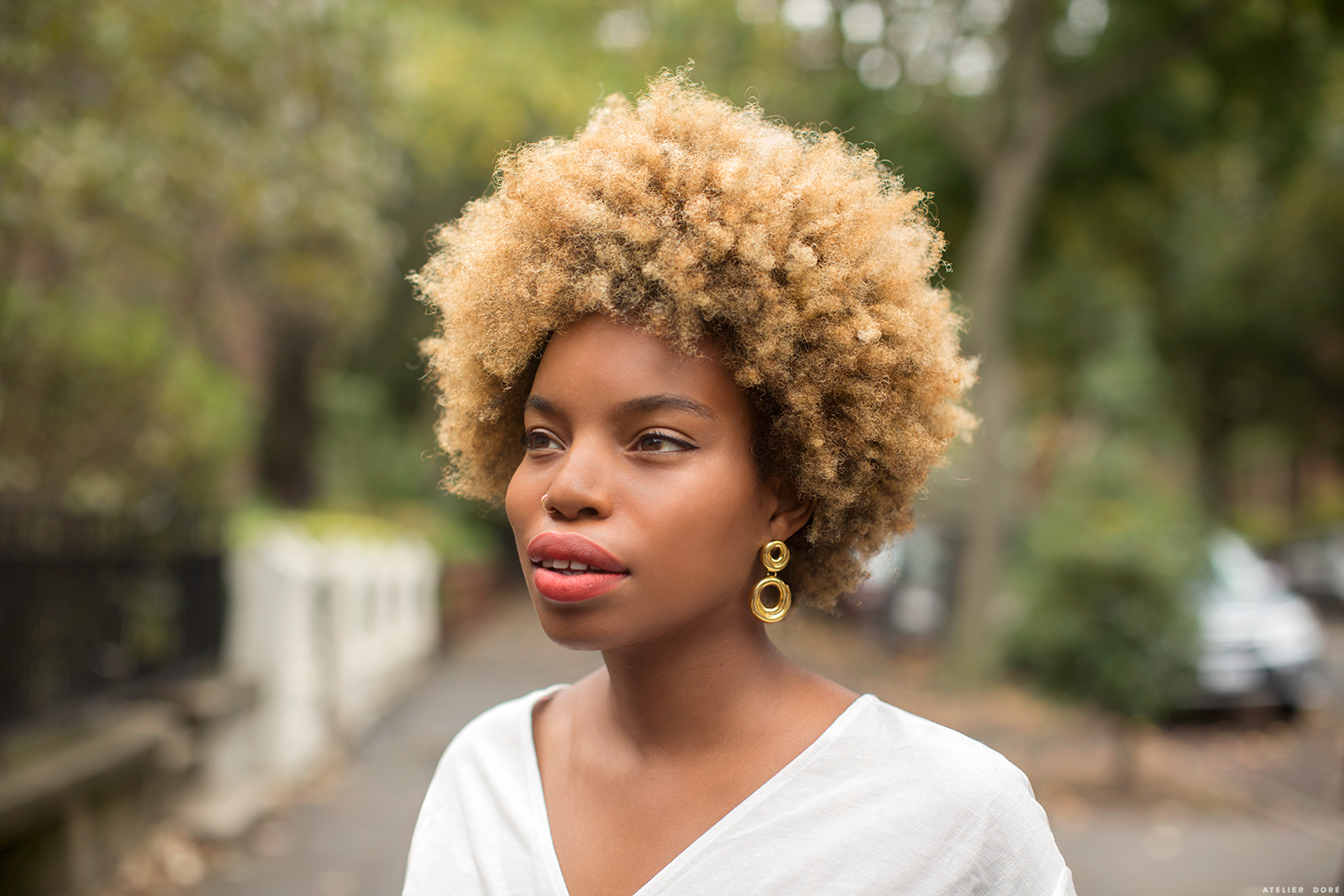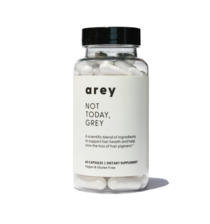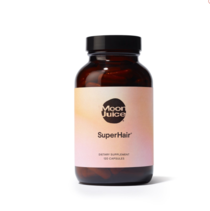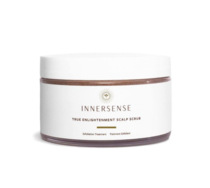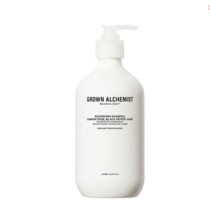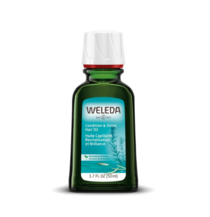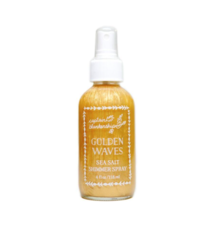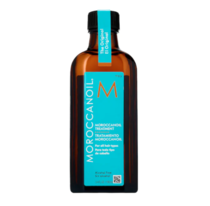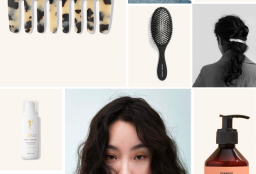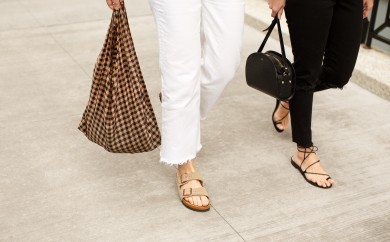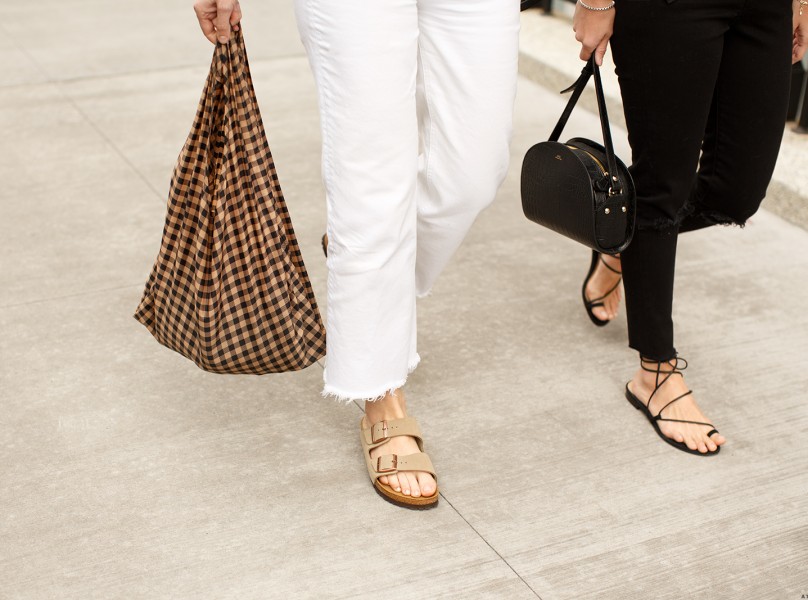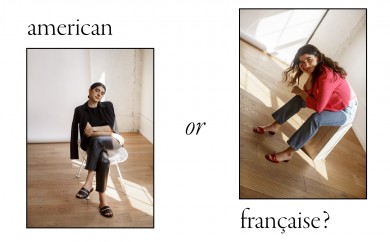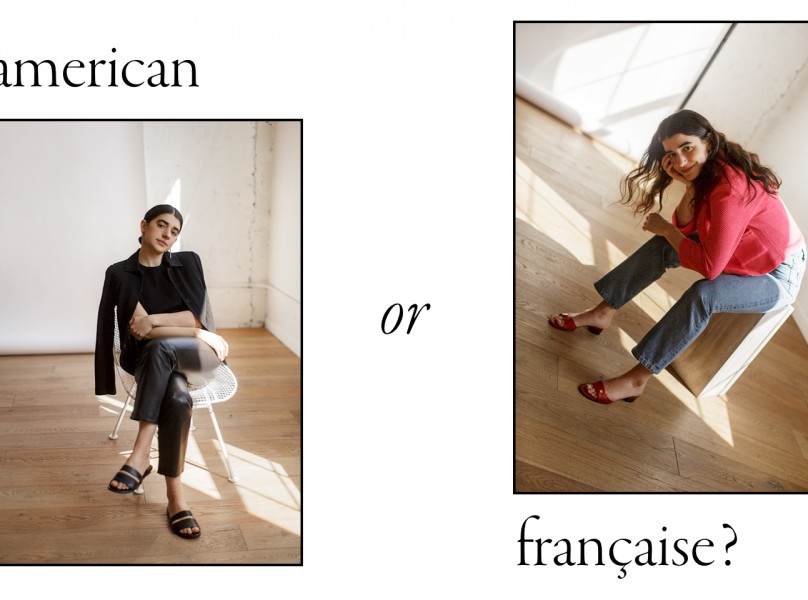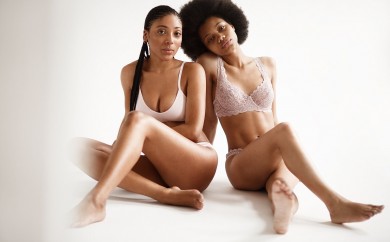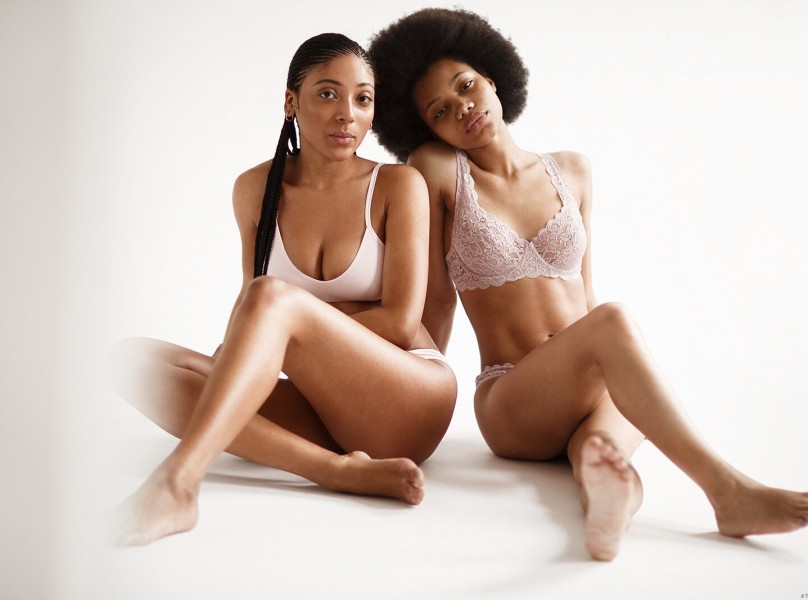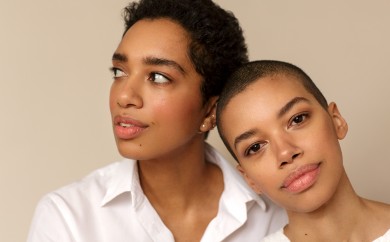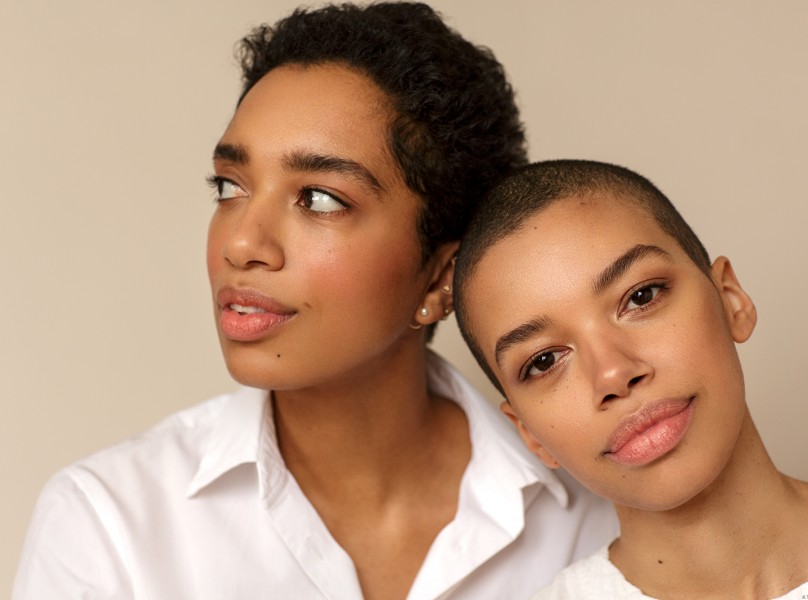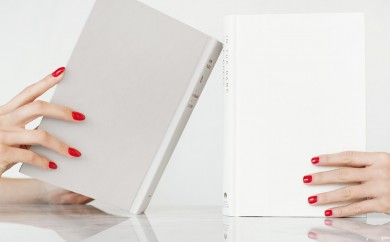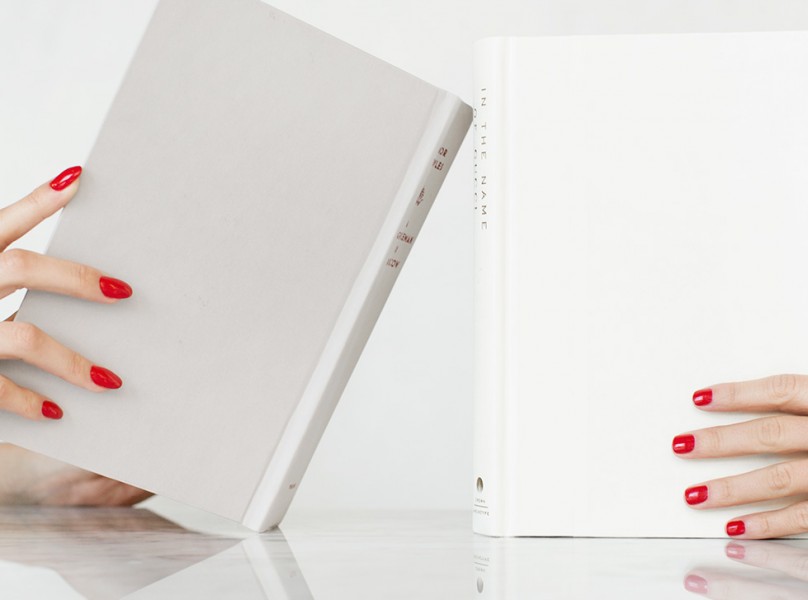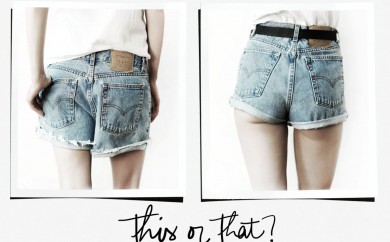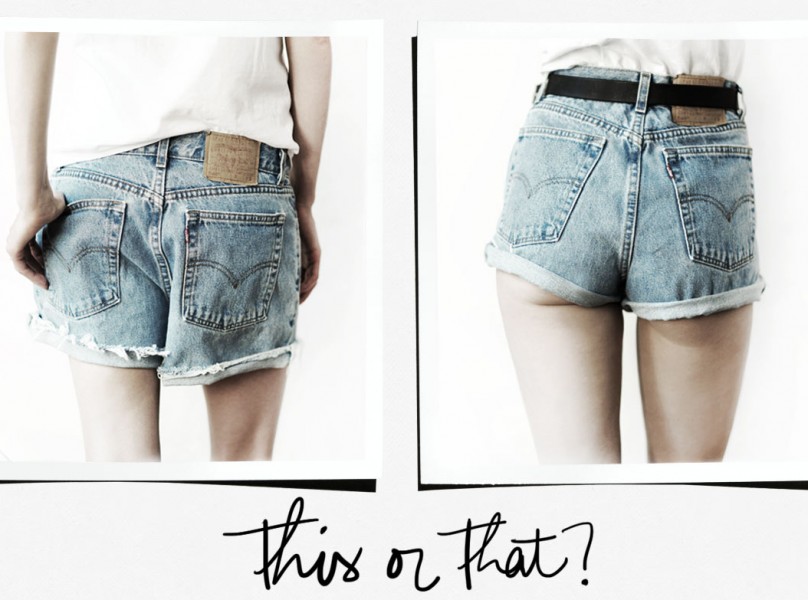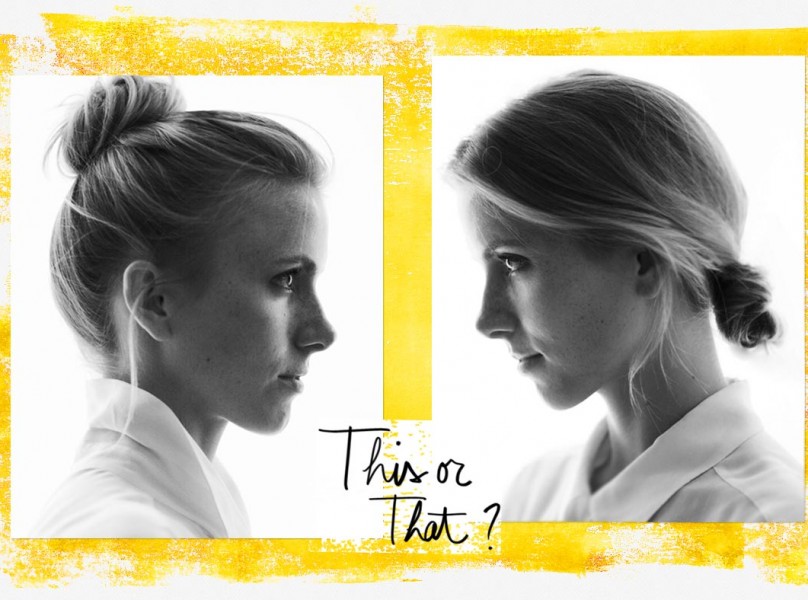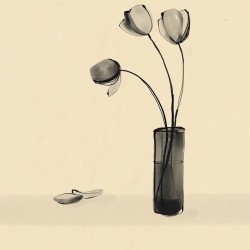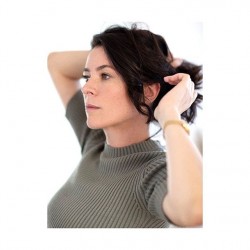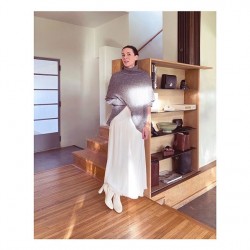Should You Pluck Your Grays And Other Hair Questions Answered
5 years ago by
Is daily shampooing actually bad for your hair? It’s a question I’ve been grappling with for years. I’ve let my locks go greasy, perfected the top knot, and invested in countless dry shampoos in the name of “proper” hair maintenance. My hair is fine but frizzy. It’s nothing special, but months in quarantine have convinced me that it’s a puzzle to solve. And while I’ve finally—finally—managed to cut down my hair-washing to twice a week, I wonder if it was actually worth it at all (add in the steep price of Christophe Robin’s sea salt scrub).
What’s more, I don’t even remember where this idea that shampoo could be more harmful than helpful came from, though it likely originated from a deep dive into the dark corners of the Internet. In an effort to get to the bottom of this myth, and all the others that have percolated in my mind over the years, I turned to the experts. Hopefully, their answers offer up some clarity on what to do with our hair during an era of masks (which only draw more attention to it) and Zoom (where we spend hours staring back at ourselves).
How often should you really shampoo your hair?
Nick Stenson, Ambassador, Matrix
“Depending on your hair type, your shampoo routine may vary. For example: For fine to medium texture hair, I would suggest every three days to ensure you’re not stripping the hair of natural oils. For medium to course hair, you can wash every other day. If your hair is not oily, you can go up to one week without washing. I wouldn’t go longer as you will need to remove build up and put back in the moisture the hair is missing.”
Faith Huffnagle, Director of Education, Prose
“Shampoo frequency is somewhat of a personal choice because it will depend on how ‘dirty’ your hair and scalp feel and the types of products you use on a regular basis. If your product routine is at a minimum, and you use silicone-free and/or water-soluble stylers, shampooing your hair anywhere between two to five days should be sufficient. (*Note: Texture does play a role here, as smoother hair typically will need to shampoo more often than textured hair.) However, if you’re styling often with many products, non-water soluble/ +silicones or even heavy butters, you will need to shampoo hair every two to three days, as well as incorporate a clarifying shampoo into your monthly routine.”
Should you cut your own hair at home?
Mark DeBolt and Ryan Trygstad, Mark Ryan Salon
“No! It is too easy to make a mistake that can take months and months to grow out—we saw A LOT of this during quarantine, and a lot of appointments we had when we first opened in June were to correct the mistakes!”
Faith Huffnagle, Director of Education, Prose
“Yes and no. If you’re looking to achieve a specific cut and shape, it’s always best to seek a professional at a salon. Depending on your texture and the desired look, they are trained to use the correct tools (yes, you can cut your hair with the wrong tools for your hair type) to achieve a look that’s balanced, easy to style and won’t result in split ends six weeks later. On the contrary, if you absolutely need to cut your hair for health (for example, split ends) and you can’t afford a trip to the salon, then it’s best to clip them as soon as they’re visible. Just be sure to use a pair of sharp scissors that are for haircutting, which you can find in any beauty supply store.”
Does heat styling cause hair damage?
Jay Small, Hairstylist, Arey
“Yes. Hair is stressed by heat, tension, and chemical exposure. To avoid, add a heat barrier before styling and purchase quality heat stylers. Also, using smaller sections when styling can help avoid breakage. The smaller the section, the less time the hair needs to be exposed to the styling tool.”
Mark DeBolt and Ryan Trygstad, Mark Ryan Salon
“Yes! There is a transition phase in the hair that, when it hits a certain temperature, changes the hair’s chemical composition. This is called the ‘glass transition phase.’ If you go above this
temperature, it can ruin the proteins and the keratin. This is why it is so important to use tools
that do not go above 360°F. Anything about 360° is the danger zone!”
Does cutting your hair actually help it grow longer/healthier?
Jay Small, Hairstylist, Arey
“Yes and yes; your hair strand naturally tapers over time. This taper can splinter at the ends and the hair can split from the bottom making it shorten or need to be cut. It’s important to keep in mind how much hair grows monthly. Averaging a .5 inch per month, when trimming you will need ensure your stylist is cutting only what needs to come off, less is best to truly get longer hair.”
Faith Huffnagle, Director of Education, Prose
“What you do to the ends of your hair has no impact on what happens to your scalp. However, if you’re trimming hair regularly and maintaining proper hair health (minimal heat styling, using quality products, deep conditioning, and a healthy diet) it will be much easier to retain longer, stronger hair as it continues to grow.”
Is there a true solve for thinning hair?
Mark DeBolt and Ryan Trygstad, Mark Ryan Salon
“YES! There are many different approaches that one can take to address thinning hair. Hair growth and/or thinning is the result of a complex set of factors including nutrition, stress, lifestyle, and overall health. There are many supplements that are designed to promote healthy hair growth and replace any missing nutritional elements. One supplement that we believe in and regularly recommend to our clients is Nutrafol. Nutrafol combines a special blend of botanicals like vitamin E extracted from palm oil, ashwagandha, and biocurcumin as well as vitamins, such as biotin and keratin; and antioxidants such as resveratrol. These all work together to help support healthy hair growth. One big call out for Nutrafol and any sort of hair growth supplement is that one must be religious about taking it. It can take up to six months to see progress from these supplements so you must be diligent about taking them.”
Faith Huffnagle, Director of Education, Prose
“Yes and no. Oftentimes, hair thinning can be genetic or a side effect of an underlying health condition. In these instances, it’s best to consult with a medical professional on how to re-stimulate new growth. But hair thinning can also be caused by temporary conditions—having a baby, stress, new medication, a very big life change—which can correct itself once the hormones/body rebalances itself. In this scenario, it’s best to 1. give your body time to heal, 2. reduce your stress levels as best as possible, 3. drink enough water daily, and 4. eat a healthy balanced diet.”
Is it bad to go to sleep with wet hair?
Mark DeBolt and Ryan Trygstad, Mark Ryan Salon
“It is okay to go to bed with wet hair. Something important to remember, though, is that hair is more fragile when it is wet. When the hair is wet, it increases the hair’s elasticity. It becomes more stretchy, like a rubber band. The potential for damage here is that if the hair is stretched too much, it can damage the hair’s keratin. We always point this out to clients who have a lot of highlighting or otherwise have more fragile hair. You must be careful when combing hair out. I advise clients to work in small sections and take their time. Ripping through the hair aggressively can damage the hair.”
Nick Stenson, Ambassador, Matrix
“It’s only discouraged if your hair is damaged. If your hair is damaged and it’s wet, it could stretch and snap during your sleep. On healthy hair, it is not bad. I would apply a leave in conditioner and sleep with it on.”
Why does our hair go gray?
Mark DeBolt and Ryan Trygstad, Mark Ryan Salon
“Going gray is a natural part of aging. Within each hair follicle are cells that create pigment. The arrangement and color of these pigments are what comprise someone’s natural hair color. As we get older, those cells stop producing pigment which results in the hair appearing more translucent, or ‘pigment-less.’ The absence of pigment is what makes the hair appear ‘gray’ or white.”
Allison Conrad, Founder, Arey
“Researchers have been able to identify a gene that causes gray hair, the IRF4 gene, but it actually only accounts for 30% of why you go gray. When I sought to [create Arey], I thought, ‘Oh, it’s probably going to be mostly genetics. My mom went gray and I’ll go gray.’ But 70% is within our control. That 70% is what we’re here to solve, giving you the nutrients that set you up to continue to keep your melanin and your dark hair.
Oxidative stresses that you put on your body cause this graying. It’s like pollution, some foreign object that your body is trying to combat; this can be anything from smoke inhalation to chemicals on your hair to shampoos. One interesting fact is that dying your hair actually causes you to have more gray hair. It’s oxidative stress.
There’s a ton of research being done right now to see if stress causes gray hair. Nobody’s been able to definitively link that, but anecdotally, people talk all the time about stress causing gray hair; people have noticed it for themselves. So those are the factors: diet, stress, smoking or not smoking, and some genetics.”
If you pull out a gray hair, will two grow in its place?
Allison Conrad, Founder, Arey
“No, total myth buster. That is an old wives’ tale. If you just pull one out, another one will grow out. It’s not like two hair follicles will come out of one. It’s a personal preference of whether that’s how you want to deal with graying hair. It might grow back coarser, it could change the texture.
It was 10 years ago that I saw my first gray hair, and five years ago that I went to [hairstylist Jay Small] to figure out what were my options. Fast-forward to last January, when I put this team together. We sat down and we were like, ‘Let’s solve this problem.’ The timing felt really serendipitous, with Covid and people not being able to go to the hairdressers and staring at themselves on Zoom and noticing grays more. So we created a supplement; all of the ingredients are backed by research with the exception of Fo-Ti, which has been used for centuries in Eastern cultures. Arey addresses the slowing of the gray hair. We always have to clarify, it’s not going to reverse your gray hair. What wrinkle cream is for wrinkles, we are for gray hair.”

